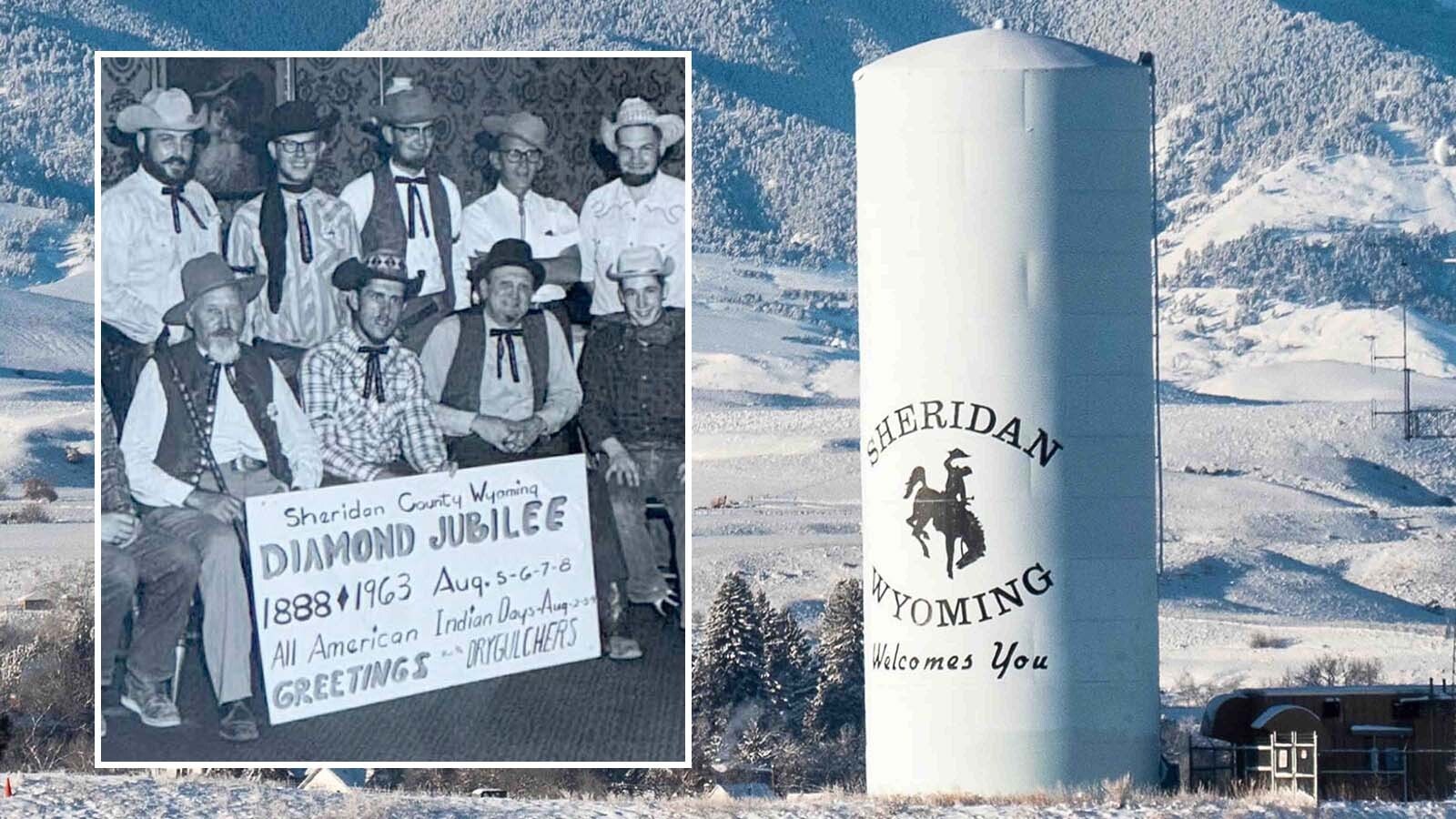The last of four consecutive supermoons will dominate the night skies over Wyoming on Friday.
November’s full moon, also known as the beaver moon, is a sight worth seeing. It’s the last of four consecutive supermoons that started with the Blue Sturgeon Supermoon in August, and there won’t be another for almost ayear.
Gear Shift
According to NASA, a supermoon happens when the full moon is within 90% of its closest approach to Earth. During this time, the moon stays close to the horizon for the entire night, making it appear larger and 30% brighter than usual.
The beaver moon is the last of four consecutive supermoons in 2024, something Max Gilbraith, planetarium coordinator for the University of Wyoming, said is a rare occurrence.
“It's normal to have at least two supermoons in a row,” he said. “Three in a row is special, but four is extraordinary.”
Gilbraith compared the “supermoon cycle” to a set of turning gears. The orbits of the moon, Earth and sun are elliptical rather than circular. These irregular shapes change the positions of these celestial bodies in relation to each other.
“The Earth, sun, and moon systems don’t turn perfectly at the same ratios,” he said. “The oval orbit of the moon kept lining up with the full moon being the perigee of the moon's orbit. That’s why you expect to have a few supermoons in a row.”
Perigee is the point where an Earth-orbiting object is closest to the center of the Earth. Since the moon tends to linger around its perigee, it can lead to several supermoons.
“It moves out of place over the following months, comes back and wanders out again,” Gilbraith said. “We just happened to get lucky enough that it was a series of four this year.”
Less Super Season
Since the beaver supermoon is the last of the four consecutive supermoons, it won’t be as spectacular as the previous two. The supermoons of September and October were the biggest and brightest of the four.
Gilbraith said the moon is slowly passing by the perigee position of its orbit. There won’t be another supermoon for quite a while.
“As that oval orbit turns around, the moon will be sideways with the earth for a while,” he said. “Then it'll be reversed, then sideways again, and finally it comes back around. So that could take around 11 months.”
Between now and then, Gilbraith said the moon won’t look as spectacular as it has for the last four months, especially in the Northern Hemisphere.
“There's an optical illusion that when the moon's close to the horizon, it looks bigger,” he said. “When the moon's high in the sky, it looks isolated, and our brain makes it slightly smaller in perception.”
Also, the Winter Solstice is just a few weeks away. As Wyoming and the Northern Hemisphere move into winter, the moon moves higher in the sky, making it seem smaller and dimmer.
“Folks will notice that full moons aren't as bright for the next six or seven months as they were in the fall,” he said.
The next supermoon will rise Oct. 7, 2025, the first of three consecutive supermoons as a grand finale for 2025. However, there are still several years of waiting before the next “perfect” supermoon.

Perfect Supermoon
A perfect or peak supermoon happens when the full moon lines up perfectly with the perigee of the moon’s orbit. Gilbraith said that’s a much rarer occurrence.
“The closest supermoon that we've had in recent history was on Nov.14, 2016,” he said. “That’s the closet supermoon we’ve had since 1948.”
The beaver moon seems to be a good candidate for a perfect supermoon. Gilbraith anticipates the next perfect supermoon will also happen in November, and Wyomingites won’t have to wait too long to behold that bright beaver.
“We will not get a closer supermoon until Nov. 25, 2034,” he said.
Bright Beaver Moon
Wyomingites shouldn’t have much difficulty seeing the beaver supermoon Friday. It’ll be hovering near the horizon, noticeably big and bright.
Anyone warm and sharp-eyed enough to stay out later might see a fireball or two from the Leonids and Northern Taurids meteor showers. The Leonids are peaking Saturday and Sunday, while the Northern Taurids passed their peak this past Sunday.
However, when the Leonids peak, the beaver moon will be 98% full. There will be a lot more light in the night sky, so it’ll be difficult for the meteors to stand out against the supermoon.
“The peaks of the Northern Taurids and the Leonids correspond with the full moon this year, pretty much exactly,” he said. “It might be too bright to see much of anything during the peaks. You'll need to either get up in the early morning or wait till later in the month to get the best chances for meteors.”
Still, the beaver supermoon will be enough of a night sight to merit a quick step outside.
“The moon will not only appear larger, but its light is a little less spread out,” Gilbraith said. “A supermoon appears about 30% brighter. That’s not negligible, as far as this brightness is concerned. It’s a true supermoon and the last one we’ll see until next year.”
Andrew Rossi can be reached at arossi@cowboystatedaily.com.





